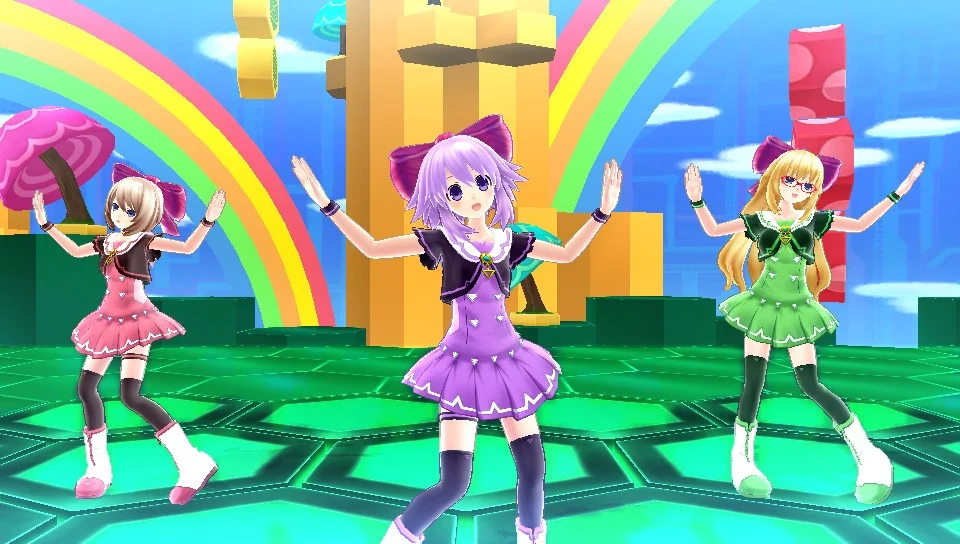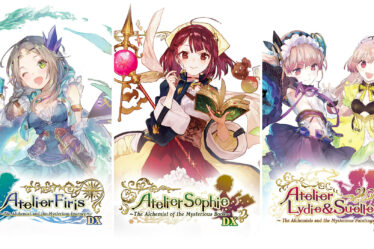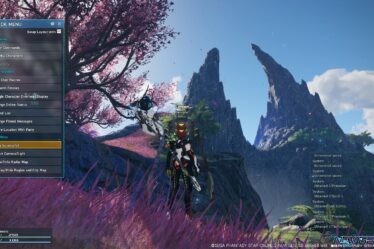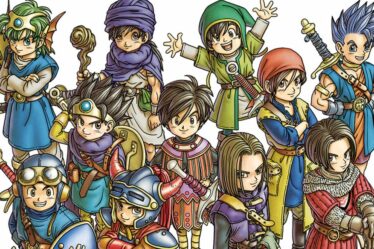
This article was originally published in Italian on Games969.com in 2014.
The Hyperdimension Neptunia saga continues its wild rush towards the West with a new episode, this time focusing more on management elements than RPG mechanics, the genre in which the series has always been recognized up until now. The creative minds behind the adventures of Nep-Nep and her CPU friends, all anthropomorphic representations of game consoles, have decided to pay tribute to the IDOL-Simulator genre, a type of video game that is quite popular in Japan but almost completely unknown in the West, represented in Japan by the THE IDOLM@STER franchise by Bandai Namco. The goal of these titles is to follow the rise to stardom of an idol, a figure common in Japanese showbiz but not easily translatable into Western terms. Being an idol means being a dancer, actress, singer, but also a TV host and a civic and moral example for fans who are devoted to their idols almost religiously. Idols (as well as their male counterparts) are people launched into fame by record labels or film production companies, thrown into the media spotlight and the intense world of fandom (for further exploration, we recommend the animated film Perfect Blue by the late Satoshi Kon).
Of course, neither Compile Heart’s title nor Bandai Namco’s series has any intention of realistically portraying the idol figure or the surrounding entertainment world. Instead, it’s simply a way to celebrate the cuteness and “moe” factor of these characters through choreography, costumes, burlesque, and catchy tunes. Hyperdimension Neptunia: Producing Perfection follows this video-game trend, offering a lighter and more user-friendly gameplay experience compared to the previously mentioned Bandai Namco title. Compile Heart’s latest effort is a love letter to the fans of the series and lovers of the anime “moe” aesthetic, so much so that, upon starting the game, players are encouraged not to take the story too seriously, with a disclaimer that anything depicted won’t be considered canon within the broader narrative continuity of the series.
The world of Gameindustri, the narrative universe of Hyperdimension Neptunia, is shaken by the arrival of a group of idols made up of fierce enemies from the past of the four goddesses who rule the kingdoms of Lastation, Leanbox, Lowee (does this sound familiar?), and Planeptune. The group, called MOB-48 (a reference to the real-life idol group AKB48), immediately gains popularity, causing fans’ devotion to the four goddesses to waver and driving their “share” (a numerical percentage that indicates their power and influence) to zero. To counter the dominance of MOB-48, the four protagonists decide to summon a producer from another dimension to help them debut in showbiz, but due to a strange twist of fate, they end up summoning… the player. A male, fully heterosexual, we should add.
HN:PP doesn’t waste time with lengthy introductions, although the script does suffer from a tendency to ramble, and quickly introduces the basic concepts of the game. After choosing your favorite heroine — or more simply, the one you want to turn into Gameindustri’s best idol — the player will be informed of the terms and conditions under which they must deliver a new star to the world: 180 days divided between promotion, training, concerts, and… romantic diversions, without over-stressing the chosen heroine, or the game will end.
Being a game aimed squarely at the franchise’s fanbase, it naturally includes a heavy dose of fanservice, with the management gameplay serving as little more than an accessory. Even though the game system introduces numerous screens with graphs, percentages, and indicators, detailing the heroine’s abilities, popularity, and sales impact, the real focus is on the singing performances, which are never truly influenced by cold numbers but rather by how well the player manages the dynamic direction of the concerts.
During the performances, players can activate special effects, lighting, and pyrotechnics by pressing square, triangle, and X, while circle and the directional pad are used to manage shots, photography, and dramatic zoom-ins on details like bouncing breasts — sometimes exaggerated — and close-ups of the heroines’ cute expressions, clearly designed with an extremely moe aesthetic. The gameplay is again simplified, with a final rating that seems to reward button-mashing rather than an actual pursuit of beauty in the shots and choreography. Also, during the concerts, players can define the protagonist’s appearance using a menu-based editor, customizing outfits, accessories, and hair color, though the player’s choices are entirely inconsequential from a gameplay perspective. Back to the managerial activities, players can decide how to spend the days with different activities like training, self-promotion, or building friendships with rival idols to form duos or trios. Any activity that isn’t purely recreational will increase a stress indicator, and if it isn’t reduced with relaxing activities, the player’s adventure will come to an early end. Over the course of the game, unique events related to the character or their affection for the player will occur, often requiring the player to answer questions with multiple responses, allowing them to make better choices as they explore different narrative paths and unlock all endings and collectibles.
As mentioned earlier, HN:PP is a love letter to the fans, recreating the aesthetics and gameplay — albeit simplified to the bone — of a genre virtually unknown in the West. Clearly, the commercial focus for Compile Heart and NISA in the West is to give Hyperdimension Neptunia fans exactly what they’ve always wanted: the chance to interact with their favorite heroines. It doesn’t matter that the pretext is a disjointed managerial game with an imprecise success formula; what matters is the opportunity to closely follow the daily lives of the four goddesses and the characters around them. In this sense, HN:PP stays true to what one would expect from a purely fanservice title, and it’s interesting to note that despite a nearly skeletal gaming experience, the game offers a rich script with multiple narrative paths, several endings, and narrative moments that, though written with a light tone, reveal a certain underlying drama, especially toward the end.
To unlock all epilogues, view hidden sequences, collect all outfits, and use initially inaccessible characters, players will need to complete the adventure several times, though fortunately, stats and unlocked items can be carried over between playthroughs. Besides the career mode, there’s a fun free mode where players can sing and dance freely, showing off outfits and accessories unlocked in the campaign. Additionally, a bonus mode called “Viewer” lets players examine the protagonists’ polygon models and interact with their stylized bodies through the touchscreen surfaces on the console’s display or rear touchpad. Quite the treat.
Technically, the game is quite pleasant, with a delightful art direction and elegant character designs with intentionally naive features. The grace of the 2D artwork, brought to life by idle animations even during text-box dialogue scenes, contrasts with the more than adequate but not particularly polished polygonal modeling in terms of animations and textures. Stages, background elements, and lighting effects suffer from a mediocre technical quality below the current acceptable standard for Sony’s handheld consoles, sadly continuing a trend the series has struggled with since its beginnings. Fortunately, the colorful textual menus, the stunning OLED screen of the Vita, and the polygonal models of the characters help provide an overall acceptable presentation, though it’s important to note that, visually, HN:PP suffers from some general technical poverty. The soundtrack consists of decent background music taken directly from the mothership titles, with catchy songs heavily influenced by J-pop. It’s disappointing to note that the number of sung tracks is very limited, especially considering that the theme of performance is the very core of the game’s narrative and identity. The voice acting, done by the same cast from previous franchise installments, is grating in English and well-executed in Japanese, which we always recommend selecting at the start of the game.
Hyperdimension Neptunia: Producing Perfection isn’t a poorly executed game but one specifically aimed at a niche audience it doesn’t want to stray from: the fans of the original series and lovers of the moe style, for whom the game’s technical and gameplay limitations are offset by a generous amount of fanservice and humorous dialogue. The series reaffirms its total detachment from the larger Western market, continuing to cater to a specific audience that will likely find enough to enjoy in this chapter to balance out any shortcomings. For fans of the series, it’s recommended to raise the final score by at least one and a half points, while for others, it remains a colorful example of quirky gameplay and Japanese-inspired aesthetic and fun.


